Free Courses Sale ends Soon, Get It Now


Free Courses Sale ends Soon, Get It Now


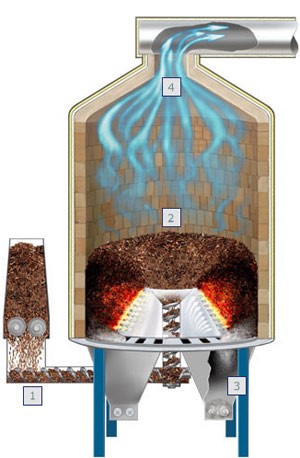
Disclaimer: No Copyright infringement intended.
Context
Gasification
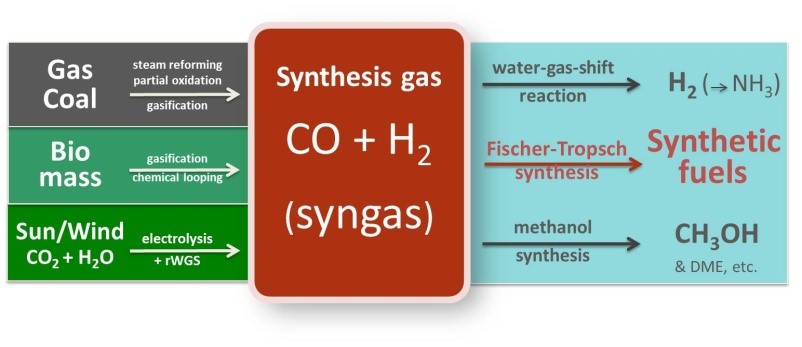
What is fluidized bed gasification?
|
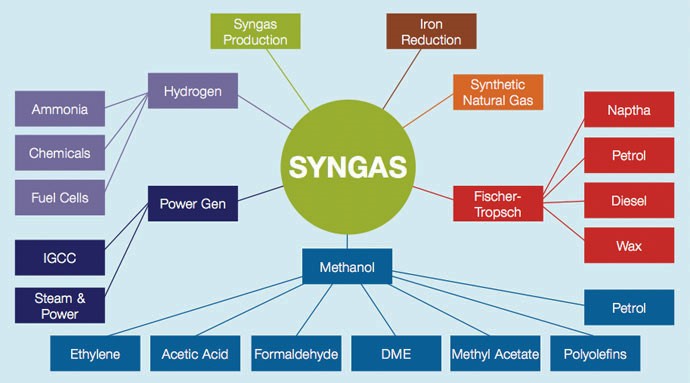
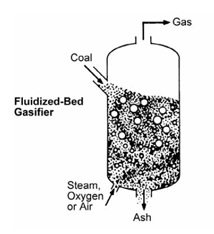
Types of Coal
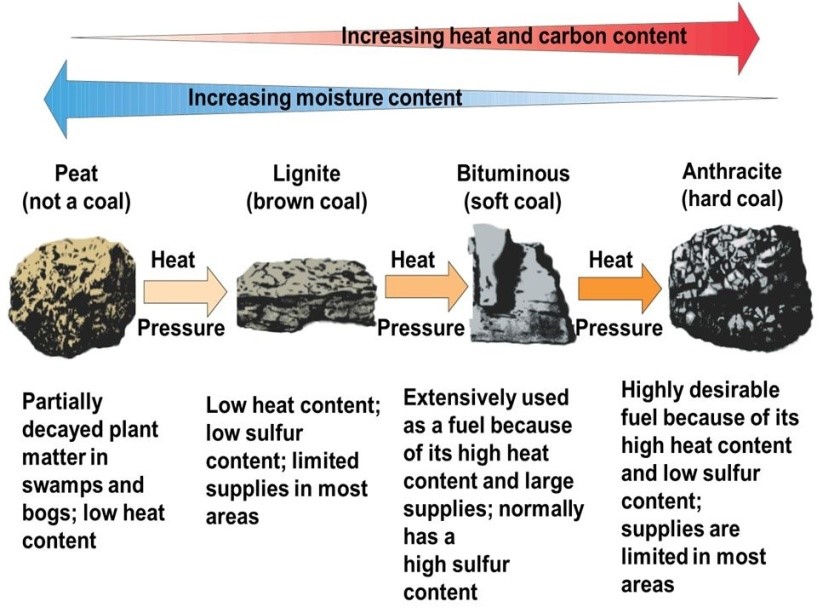
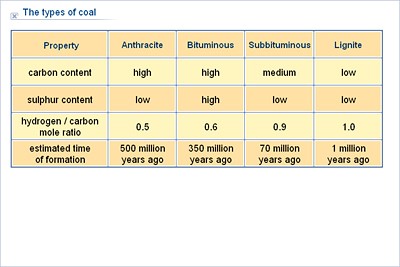
Coal in India: Key Pointers
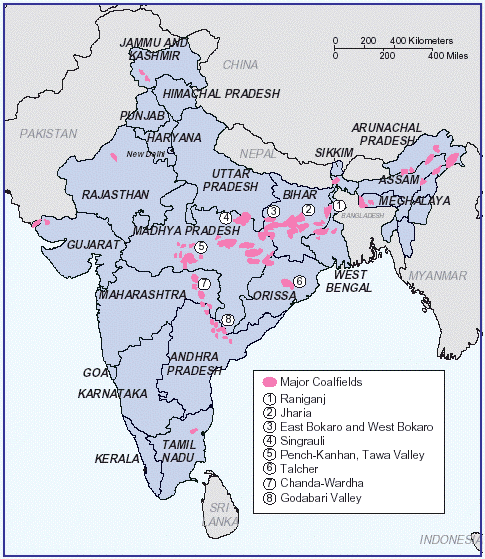
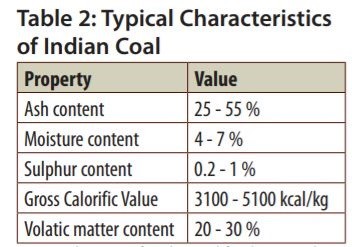
https://pib.gov.in/PressReleasePage.aspx?PRID=1755768
© 2024 iasgyan. All right reserved